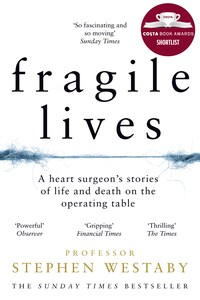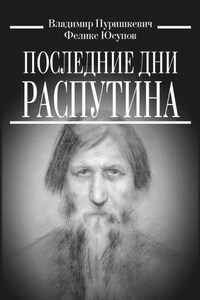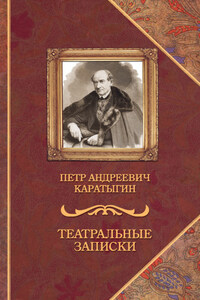HarperCollinsPublishers
1 London Bridge Street
London SE1 9GF
www.harpercollins.co.uk
First published by HarperCollinsPublishers 2017
FIRST EDITION
© Stephen Westaby 2017
Cover design by Claire Ward © HarperCollinsPublishers Ltd 2017
Cover photograph © Shutterstock.com
Text illustrations © Dee McLean
A catalogue record of this book is available from the British Library
Stephen Westaby asserts the moral right to be identified as the author of this work
All rights reserved under International and Pan-American Copyright Conventions. By payment of the required fees, you have been granted the nonexclusive, non-transferable right to access and read the text of this e-book on screen. No part of this text may be reproduced, transmitted, downloaded, decompiled, reverse engineered, or stored in or introduced into any information storage retrieval system, in any form or by any means, whether electronic or mechanical, now known or hereinafter invented, without the express written permission of HarperCollins e-books.
Find out about HarperCollins and the environment at
www.harpercollins.co.uk/green
Source ISBN: 9780008196783
Ebook edition: February 2017 ISBN: 9780008196776
Version: 2017-12-02
Woody Allen famously said, ‘The brain is my second favourite organ.’ I had the same affinity with the heart. I liked to watch it, stop it, repair it and start it up again, like a mechanic tinkering with an engine beneath the bonnet of a car. When I finally understood how it worked, the rest just followed on. After all, in my younger days I’d been an artist. I simply shifted from brush on canvas to scalpel through human flesh. More hobby than job, and more pleasure than chore, it was simply something I was good at.
My career followed a curiously erratic course, from self-effacing schoolboy to wildly extrovert medical student, from ruthlessly ambitious young doctor to introverted surgical pioneer and teacher. Throughout this journey I was repeatedly asked what I found so compelling about cardiac surgery. I hope the following pages will make that clear.
But before launching into the action let me share with you some facts about this vibrant organ. Every heart is different. Some are fat, some are lean. Some are thick, some are thin. Some are fast, some are slow. Just never the same. Most of the 12,000 that I’ve worked on have been desperately sick, causing misery, crushing chest pain, interminable fatigue and terrifying breathlessness.

What’s so fascinating about the human heart is its movement – the rhythm and efficiency of the thing. The facts are staggering. The heart beats more than 60 times per minute to pump five litres of blood. This adds up to 3,600 beats an hour and 86,400 in 24 hours. It beats more than 31 million times in a year and 2.5 billion times in 80 years. The left and right sides of the heart eject more than 6,000 litres of blood daily to the body and lungs. A truly incredible workload that requires huge amounts of energy. So when the heart fails there are dire consequences. And given this astounding performance how could one conceive of replacing the human heart with a mechanical device? Or even with a dead person’s heart?

My school biology classes taught me that the heart sits in the centre of the chest and has four parts – two collecting chambers, the left and right atria; and two pumping chambers, the left and right ventricles. Textbook diagrams show them side by side, like a house with two bedrooms situated above a sitting room and a kitchen. The spongy, expansible lungs surrounding the heart resemble the roof of a Swiss chalet, and they constantly replenish blood oxygen levels and expel carbon dioxide into the atmosphere. (Most of us also know that other chemicals can be discharged in the breath, notably alcohol when blood levels exceed the liver’s capacity to metabolise it.)
Well-oxygenated blood leaves the lungs to enter the left atrium through four separate veins, two from each side. During the heart’s filling phase, or diastole, blood flows through the mitral valve – named after its likeness to a bishop’s mitre – and into the powerful left ventricle. During ventricular contraction, or systole, the mitral valve closes. The contents of the left ventricle are ejected onwards through the aortic valve into the aorta and around the arteries to the body.
Intriguingly, the right ventricle works in an entirely different way. It’s crescentic in shape and applied to the side of the left ventricle, the part known as the ventricular septum. With this ‘new moon’ shape the right ventricle pumps like bellows. So the ventricles depend on each other. It was that rhythm of the heart that I found captivating, like watching a pianist’s hands or a dancer’s feet.














